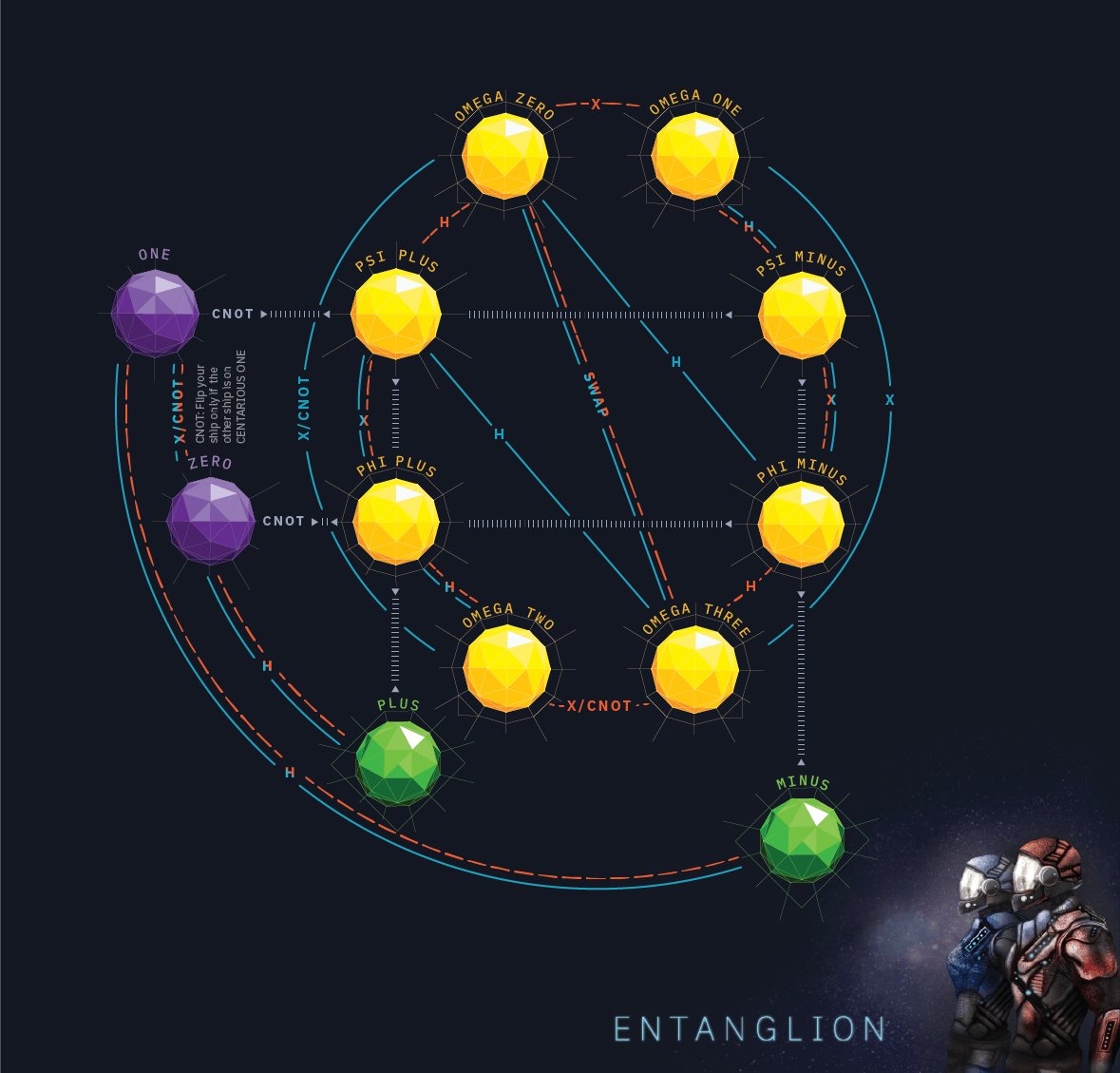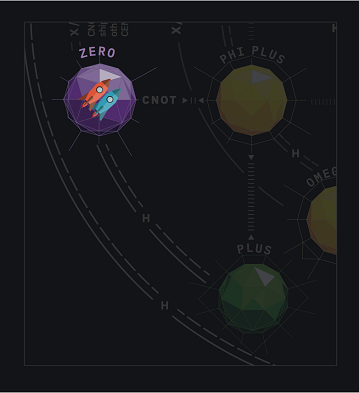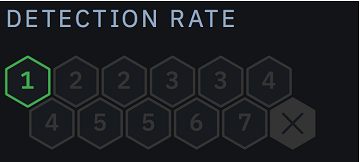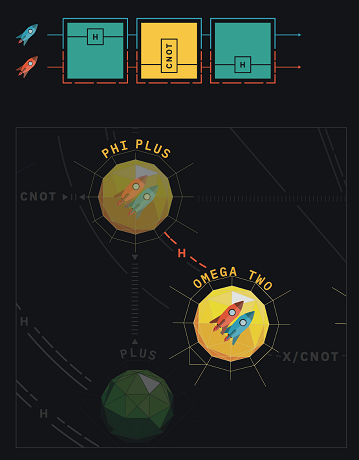Entanglion - Haskell among the desktops

Board game with mechanics on quantum computing.
Once, two IBM Research employees (Maryam Ashoori and Justin Weisz) pondered the question: “What is the best way to teach someone the basics of quantum computing?”
And since they are both lovers of board games, Entanglion emerged. A board game that introduces players to several fundamental concepts in quantum computing, including qubits, superposition, entanglement, measurement, and error. And also, with various types of hardware and software components used to create real quantum computers.
The game is cooperative (players interact with each other to make decisions). A discussion of the questions - “what will happen if we play like this ...” contributes to the understanding of the underlying game mechanics, which leads to an understanding of the mechanics of quantum computing.
The authors tested the game mechanics and rules on their colleagues from IBM Research. It took five iterations of the design change to recognize the game as “sufficiently quantum”.
')

Dr. Charles Bennett, an IBM employee and pioneer in quantum informatics, plays one of the first versions of Entanglion.
Also, the game should not be too easy (such games are trivial and boring) and should not be too difficult, so as not to cause frustration and discontent.
Therefore, to calibrate the balance of complexity, a simulator was written with virtual players (AI) who played with each other. The balance was deemed adequate when the win rate of the virtual team was 50-60%.
The goal of the game is to restore the quantum computer developed by the ancient race. You and your game partner move through three galaxies of the quantum universe in an effort to assemble eight quantum computer components and avoid detection by planetary defense mechanisms.
Entanglion models some aspects of a 2-qubit quantum computer.
In particular, two spaceships represent two qubits, and the planets represent the state of these qubits:
- classic states (0 and 1)
- states of quantum superposition (plus and minus)
- Bell's entanglement states (phi and psi)
- states of entanglement (omega0 ... omega3) achievable using a combination of valves

The main area of the playing field.
It is necessary to move from a planet to a planet with the help of quantum engines. Control of which is carried out through the creation of a quantum scheme using a set of quantum gates (transfer of qubits from one state to another).
The game has Hadamard valves, CNOT, Pauli X, multi-qubit SWAP and measurements.
Both ships must move together. This is a result of the fact that for entangled states, the state of the system is more complex than a simple combination of the states of individual qubits.
Also, in the game there are cards of quantum events. They add fun and element of chance to the game. Some event maps are named after people who have made significant contributions in the field of quantum physics and quantum informatics, such as Werner Heisenberg and Erwin Schrödinger. One event map is special, named after IBM researcher Charles Bennett, one of the founders of quantum information theory and a key participant in the discovery of the quantum teleportation effect. Other event maps are named for quantum effects, such as quantum tunneling, bit flip error, or wave function collapse.
The classical measurement of the quantum state and the noise of a quantum system are modeled through the game element - the planetary defense.
The game allows the creation of custom extensions. At the moment, there is an extension - "Entanglion: Space Pirates", which complicates the basic version. In it, among other additions (pirates, resources, quantum components ...), two more ships were added (competing team).
A small example of the gameplay

In this example, both ships start from state 0.
Blue has three cards on its hands: X, H and H. Red cards have on hand: CNOT, SWAP and X.

Blue plays the H card to go to PLUS (creating a superposition of qubits).


Red plays CNOT to send both ships to PHI PLUS (the transition to the Bell state is an entanglement). And he draws from the deck a new H card as a replacement for the used one. After arriving on the planet PHI PLUS, Red must roll a die to avoid orbital protection. Since the detection level is 1 (the easiest level of the game is set at the beginning), Red needs to throw 2 or higher. Red rolls a die and gets 3, enough to avoid detection.

Blue decides to get the “Quantum Gates” (a component of a quantum computer) present on the PHI PLUS. Rolls a die, gets 6, far above the detection level and successfully extracts the component.

Red decides that the next destination is OMEGA TWO, and plays H to lead both ships there.
Dice rolls and rolls 1. This is equal to the detection level, ships are detected, so they must retreat! Since they were detected, the detection level is increased by 1 and a quantum event is triggered. Red draws a quantum event card - Heisenberg, which can be used on the next turn.
- Promotional page of the game
- You can download the game from the Github repository and print it yourself.
- Or buy a boxed version for $ 53 (on the promotional page there is a link to the store)
Source: https://habr.com/ru/post/441730/
All Articles